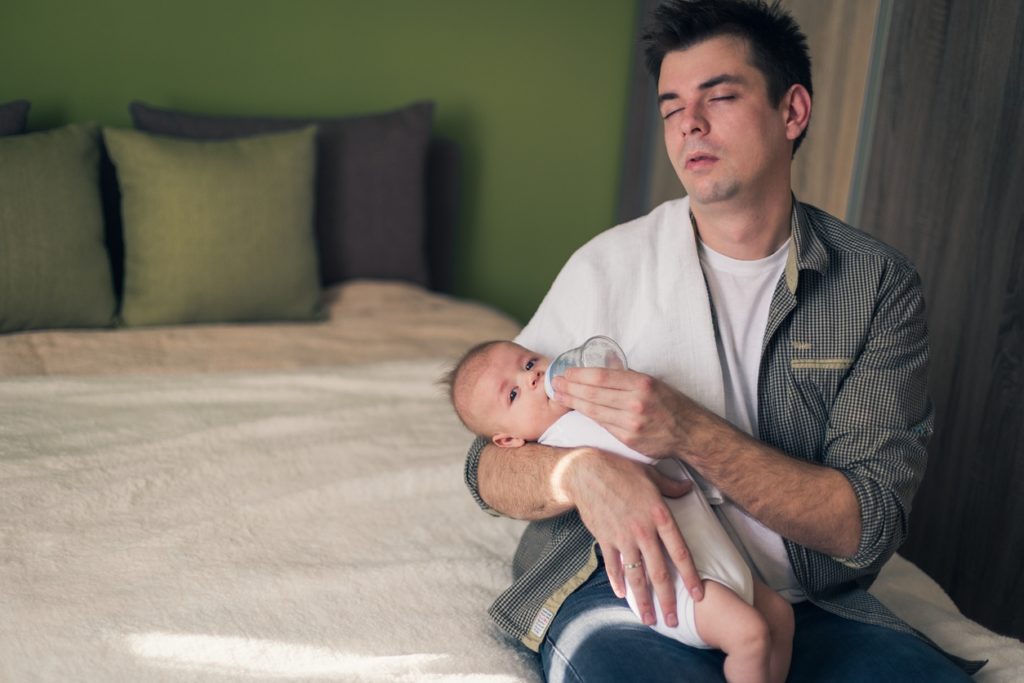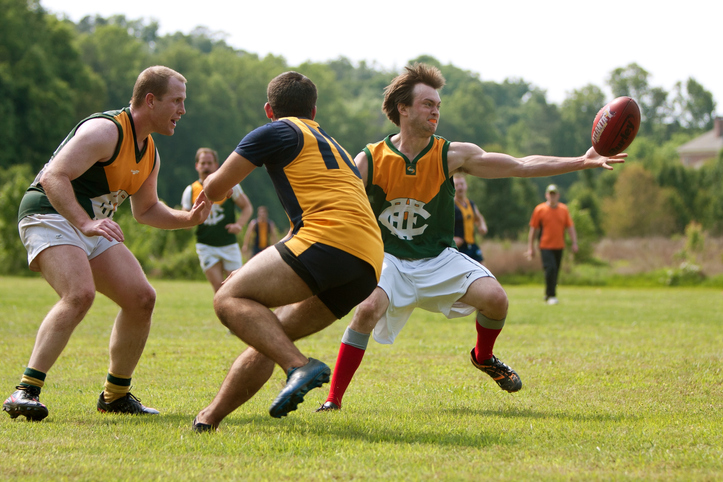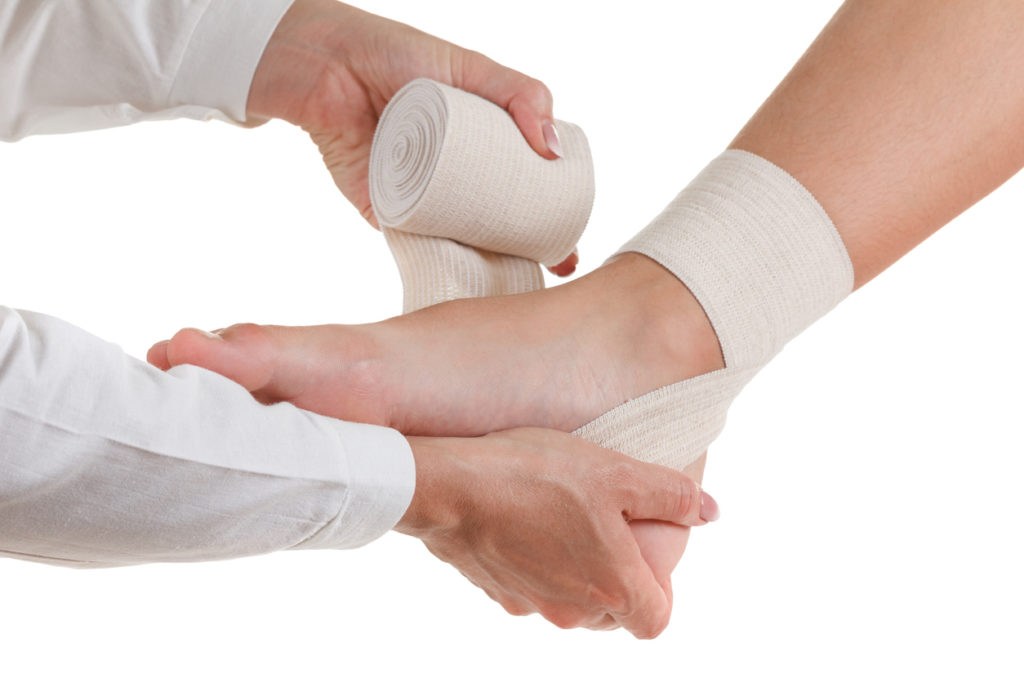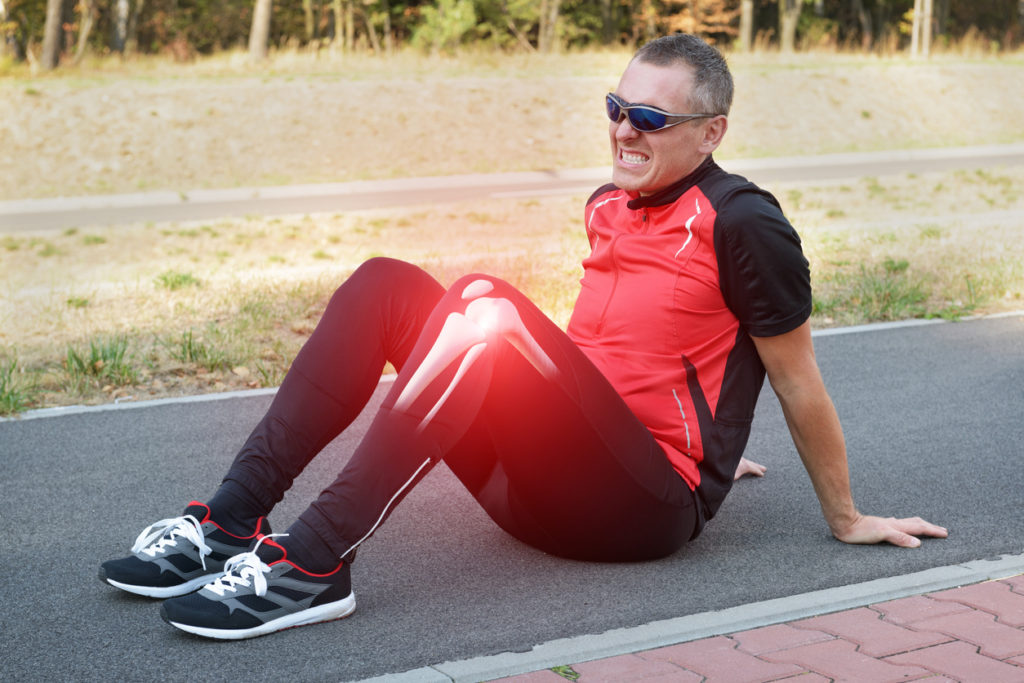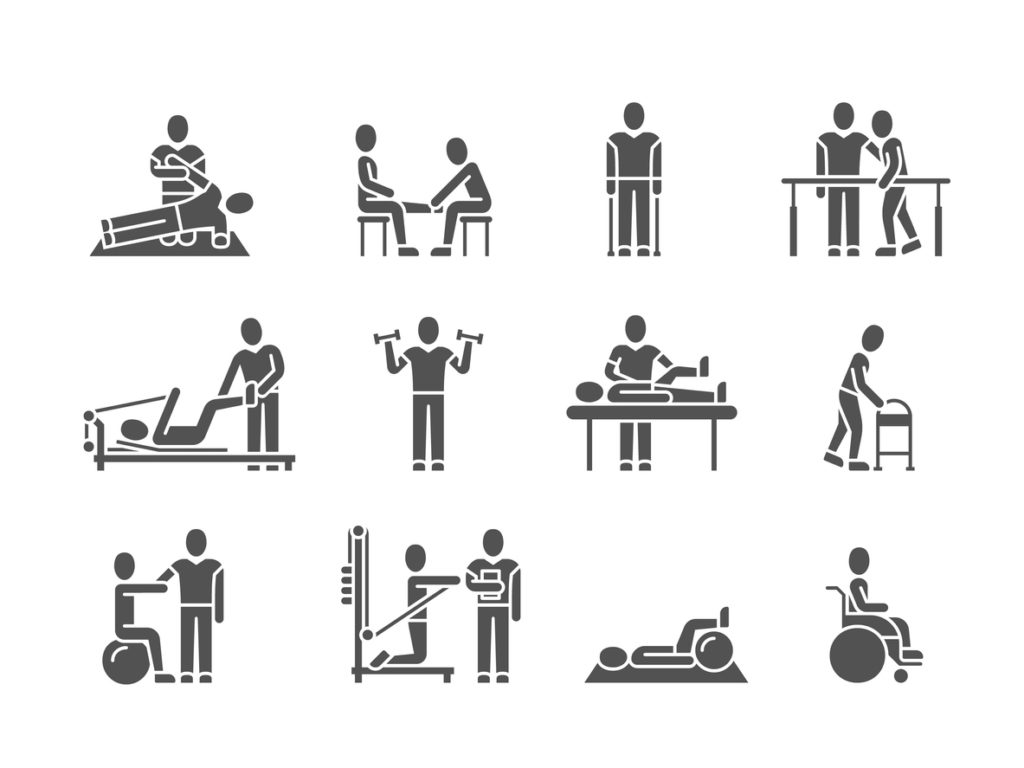Growth deficiency is a key feature of severe Osteogenesis Imperfecta (OI) and a frequent feature of mild to moderate forms of the disease. The reason that children with OI are short is not fully understood. We do know that details such as the number of fractures suffered or the type of OI do not fully explain the short stature of OI. Growth patterns have been defined for children with OI Types I, III, and IV. At about 12 months of age, children with Types III and IV OI demonstrate a predictable plateau of their linear growth rate. Type IV OI children begin to resume a normal growth rate at about age four to five years, but they will not "catch up" to a normal height, as they have "lost" a significant period of growth. The plateau usually continues for children with Type III OI. The reason for this growth plateau is unknown. There have been no studies which evaluate the growth of OI children in this age range. Our previous studies of growth in OI children have begun at age 5 years.
Official Title
Studies of Growth Deficiency and Growth Hormone Treatment in Children With Osteogenesis Imperfecta Types III and IV.
Conditions
- Dwarfism
- Osteogenesis Imperfecta
Study Type
Interventional
Study Design
Treatment, Open Label, Single Group Assignment, Efficacy Study.
Further Details
Primary Outcome Measures:
- Annual growth rate
Secondary Outcome Measures:
- Vertebral Dexa, fracture rate
Study Start
November 1991
Eligibility & Criteria
Inclusion Criteria:
-
Patients will be recruited with the goal of including at least 10 each of individuals with clinical/biochemical criteria of types III and IV OI who are between 1 and 8 years of age.
-
Height: Individuals with type III OI have severe short stature by definition; individuals with type IV OI recruited to the study will have height less than the 3rd percentile for age. All individuals will be required to furnish growth records, especially height and head circumference, from at least the preceding two years.
-
Long bone status: Participants must have radiographic evidence that long bone epiphyses have not yet fused. In addition, 60 degrees or greater angulation of a femur will exclude a child, pending surgical management or medical clearance.
-
Spine: Prospective participants will be evaluated for scoliosis and spinal compressions. Participants with scoliosis greater than 40 degrees will be excluded unless evidence is presented that the scoliosis has been stable for the prior two years. Participants with corrective rods in their spine will be excluded.
-
Neuro status: All patients will be co-enrolled in 97-CH-0064, and will be screened for Basilar Invagination through that protocol. Children who are initially screened by spiral CT scan with MRI confirmation and determined to have severe BI will be excluded from participation in this study. Severe BI is defined by NIH data as distortion of the angle between the pons and medulla and or compression of posterior fossa contents. We are only beginning to define the parameters of BI in this population, and we do not know why some children with BI progress in severity and some do not. Until those questions are answered, we feel it would not be prudent to stimulate growth in a child we know to have a severe form of BI at enrollment.
-
Pulmonary status: All children will be co-enrolled in 97-CH-0064, and will have pulmonary function testing and polysomnograms through that protocol. Tests will be scheduled as required for that protocol; namely, PFTs every 2 years if normal, every year if abnormal, and polysomnograms every 4 years if normal, and every 2 years if abnormal.
-
Potential participants who have not participated in the growth plateau study will still be eligible for participation in the growth hormone treatment trial. These patients, if entering from outside the protocol, must be between age 4 and 8 years, and must have documented growth records that demonstrate that they have emerged from the growth plateau. The first year in the protocol for these patients will be the pretreatment year, in which they will not receive growth hormone but will come to NIH on the schedule for the pretreatment visits.
Exclusion Criteria:
-
Patients who develop scoliosis greater than 40 and/or patients who progress to severe basilar invagination during the study will be removed from the study.
-
Failure to comply with the outlined procedures (blood draws, endocrine testing, bone biopsies, and visit schedule) is also a criterion for withdrawal from the protocol.
Total Enrolment
60
Contact Details
Patient Recruitment and Public Liaison Office
(800) 411-1222
prpl@mail.cc.nih.gov
Location:
National Institutes of Health Clinical Center,
9000 Rockville Pike
Bethesda, Maryland
United States, 20892
All content and media on the HealthEngine Blog is created and published online for informational purposes only. It is not intended to be a substitute for professional medical advice and should not be relied on as health or personal advice. Always seek the guidance of your doctor or other qualified health professional with any questions you may have regarding your health or a medical condition. Never disregard the advice of a medical professional, or delay in seeking it because of something you have read on this Website. If you think you may have a medical emergency, call your doctor, go to the nearest hospital emergency department, or call the emergency services immediately.

